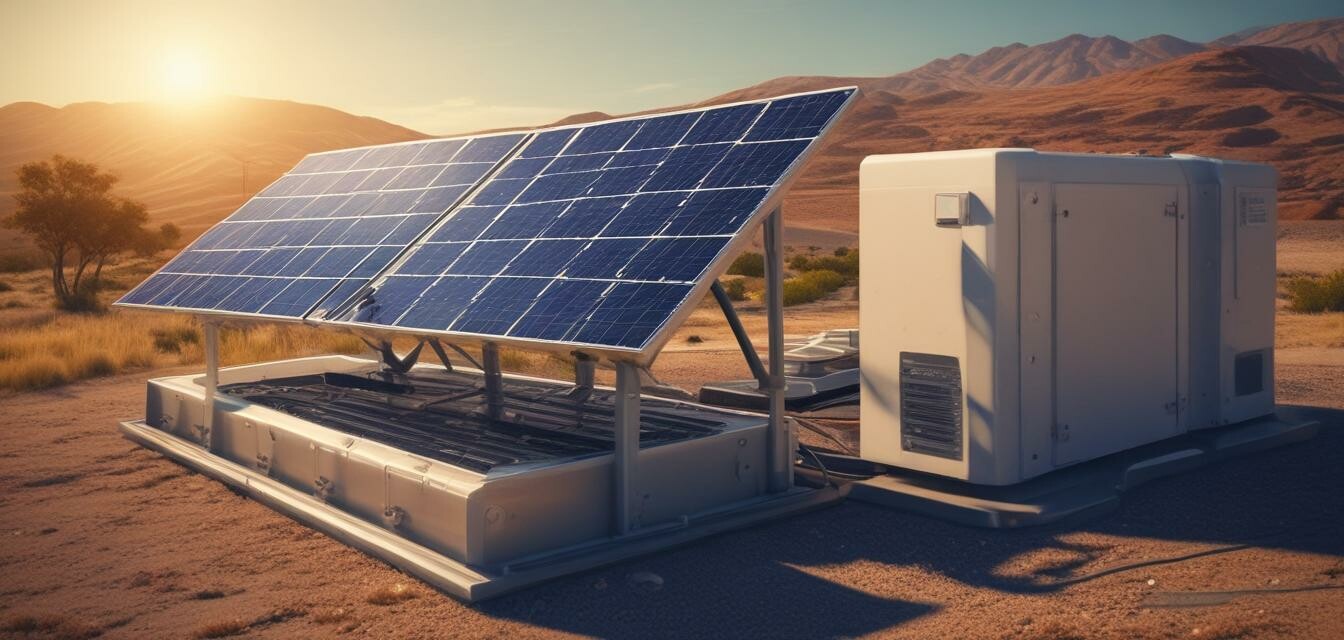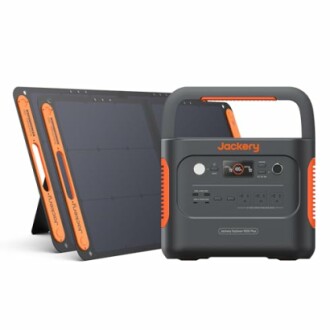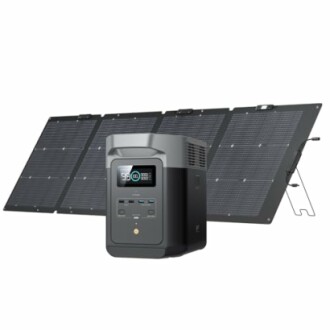
How to Properly Set Up a Solar Power Station
Key Takeaways
- Choose the right location for your solar power station, ensuring maximum sunlight exposure.
- Select suitable components like panels, inverters, and batteries that match your energy needs.
- Understand local regulations regarding solar installations and obtain necessary permits.
- Regular maintenance is crucial for optimal performance of your solar power station.
- Consider additional accessories such as solar charging kits to enhance your setup.
Setting up a solar power station can greatly enhance your preparedness for emergencies, providing you with a reliable source of energy when you need it most. In this guide, we'll lay out the essential steps to properly set up your solar power station, focusing on effective and efficient configuration to ensure maximum output and utility.
1. Understanding the Components of a Solar Power Station
Your solar power station will typically include several key components:
- Solar Panels: The heart of your system that collects solar energy.
- Inverter: Converts DC energy from the panels to AC energy for use in your home.
- Batteries: Store excess energy for use during cloudy days or overnight.
- Controller: Regulates the energy flow between the solar panels and the batteries.
- Wiring and Mounting Structures: Ensure your panels stay securely in place and connected.
2. Selecting Your Solar Power Station Components
Choosing the right components requires understanding your energy needs and available space. Here are some factors to consider:
| Component | Considerations |
|---|---|
| Solar Panels | Wattage, efficiency rating, and size depending on your space & needs. |
| Inverter | Ensure it supports the total wattage of your appliances. |
| Batteries | Choose based on capacity in watt-hours and cycle life. |
| Controller | Regulates battery charging; ensure it's compatible with your panels. |
3. Locating Your Solar Power Station
The location for your solar power station is critical to its efficiency. Here are tips on finding the perfect spot:
- Ensure the area receives at least 6-8 hours of direct sunlight daily.
- Avoid areas with shade from trees, buildings, or other obstructions.
- Consider your roof orientation; south-facing roofs are optimal in the northern hemisphere.
4. Setting Up Your Solar Power Station
Here’s a step-by-step process on how to set up your solar power station effectively:
- Install the solar panels securely, following the manufacturer's guidelines.
- Connect the solar panels to the inverter.
- Connect the inverter to the battery storage system.
- Install a Charge Controller between solar panels and batteries.
- Test the connections and power output.
5. Maintenance Tips for Optimal Performance
Regular maintenance is crucial to keep your solar power station running efficiently:
- Clean the solar panels regularly to enable maximum sunlight absorption.
- Check all electrical connections for signs of corrosion or wear.
- Monitor energy production and battery levels periodically.
- Inspect batteries for signs of swelling or leakage and replace them if needed.
Exploring Portable Solar Power Options
When considering solar options, look into portable solar generators that can provide backup power effortlessly. Check out these excellent choices:
Jackery 1000 Plus Solar Generator
A powerful portable power station featuring 1264Wh capacity with 2000W output perfect for camping and emergency use.
Learn MoreEF ECOFLOW Solar Generator DELTA2
Ideal for home backup power, offering 1024Wh capacity and 220W solar panel for efficient energy harvesting.
Learn More6. Conclusion
Setting up a solar power station involves careful planning and execution. By understanding the components, choosing the right location, and maintaining your system, you can ensure optimal performance. For more information on solar energy solutions, explore our Renewable Energy in Emergencies guide and get started with your energy preparations today.
Tips for Beginners
- Start small: Consider a smaller solar generator for quick setups.
- Read user manuals: Familiarize yourself with your equipment for better results.
- Ask for help: Join local solar energy communities for guidance and support.
- Keep learning: Stay updated with the latest innovations in solar technology.
Pros
- Renewable energy source reduces reliance on fossil fuels.
- Off-grid capability enhances emergency preparedness.
- Long-term savings on electricity bills.
Cons
- Initial setup costs can be high.
- Weather-dependent performance.
- Requires regular maintenance to function smoothly.


